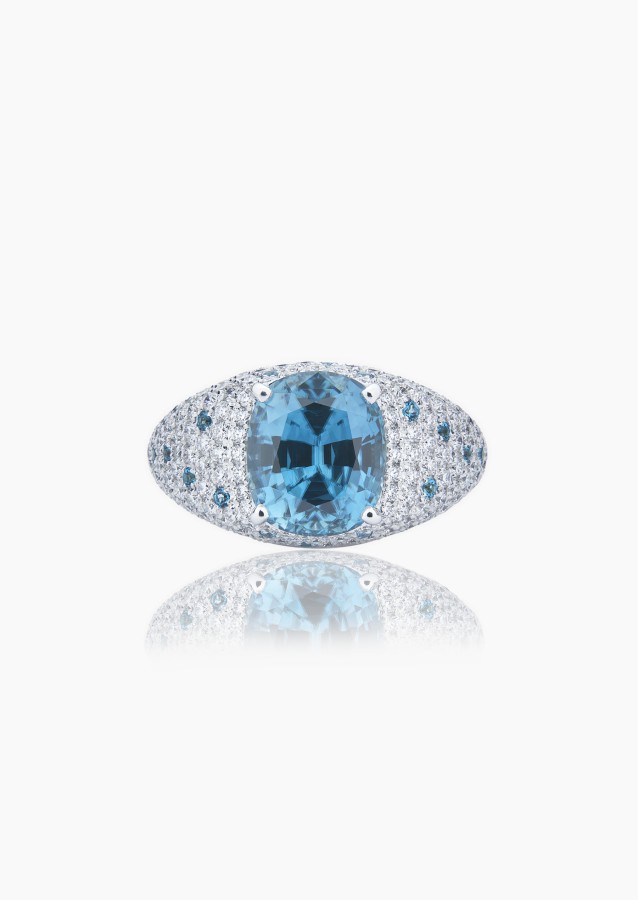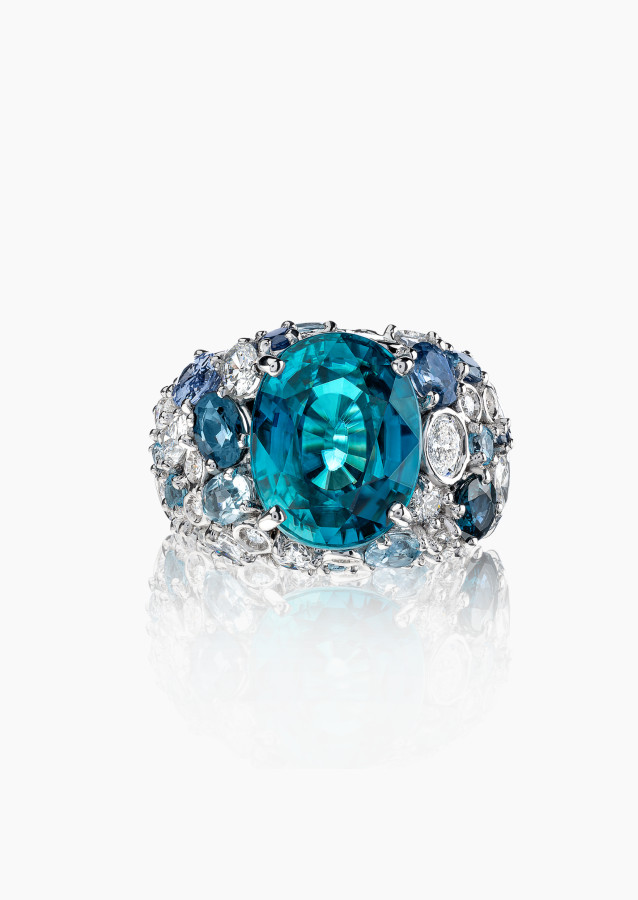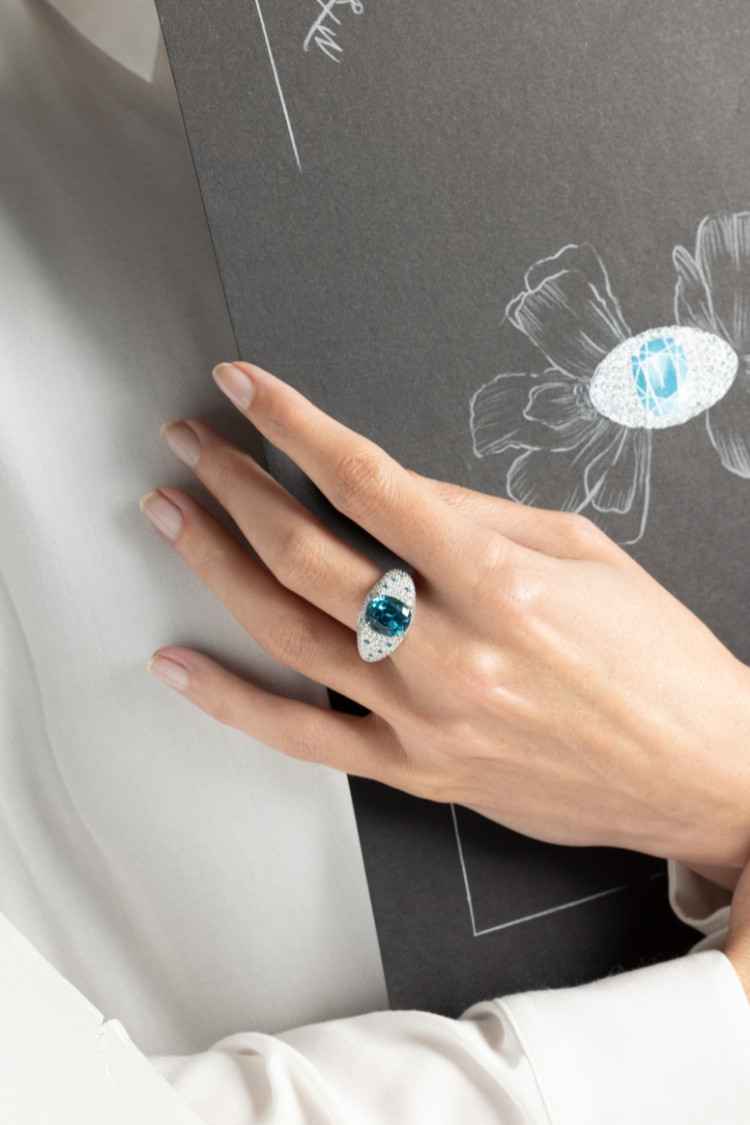Discret, lumineux, infiniment ancien : le zircon est une pierre fine qui séduit les connaisseurs par la richesse de ses reflets et la profondeur de son histoire.
Sometimes mistaken for synthetic zirconium, zircon deserves full recognition for its beauty and remarkable optical qualities. This fine stone seduces connoisseurs with the richness of its reflections and the depth of its history... Let's dive into the heart of this fascinating gem, at the crossroads of science, beauty and mystery!
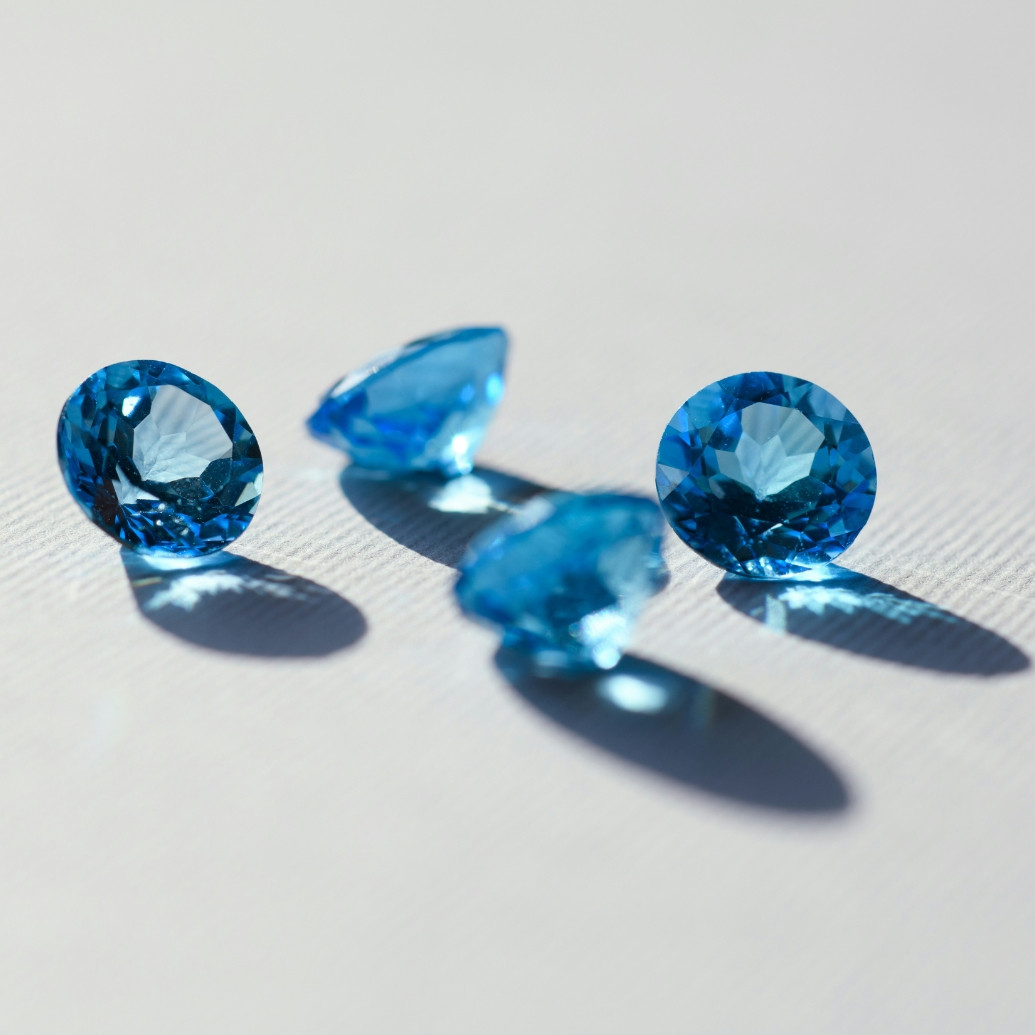
A natural stone with ancient and remarkable origins
Zircon is much more than an ornamental stone: it is a true witness to the birth of our planet. Its chemical composition - ZrSiO₄ - makes it an exceptionally stable mineral, found in the depths of the earth's crust for billions of years. The oldest known gems were discovered in Western Australia, in the Jack Hills: they have been dated at 4.4 billion years old, making them one of the oldest solid materials identified on Earth.
Found mainly in metamorphic and granitic rocks, zircon is formed under conditions of extreme heat and pressure. Today, it is found in various deposits throughout the world, particularly in Sri Lanka, Cambodia, Burma, Australia and Tanzania. Each region offers stones with subtle characteristics, enriched by local geological features.
A dazzling gem with a thousand shades
Far from being monotonous, zircon is distinguished by an astonishing range of colors:
• Colorless, when pure, with a vivid brilliance comparable to that of a diamond;
• Sky blue or deep blue, a highly sought-after shade;
• But also golden yellow, cognac brown, forest green, orange-red...
Its high refractive index gives it remarkable fire, close to that of a diamond, with intense plays of light and a natural brilliance that catches the eye. Added to this is a slight birefringence, i.e. the property of dividing the light ray that penetrates the stone in two, which can give it a slightly blurred or doubled appearance, adding to its visual mystery.
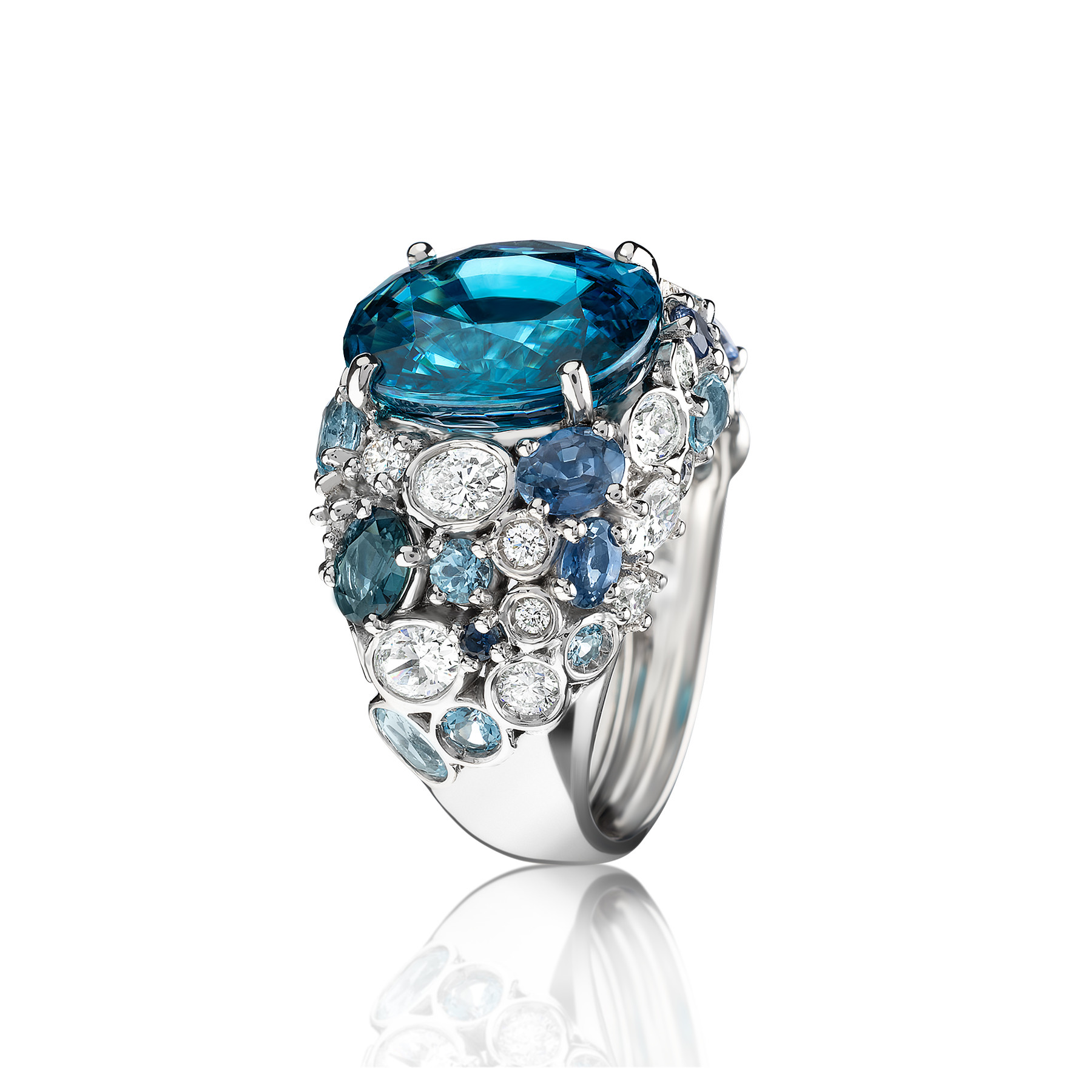
Zircon in jewelry: elegance and assertive character
Used in jewelry for centuries, zirconia was long appreciated in Europe in the 18th century for imitating diamonds - but without ever being a simple copy. Today, it appeals to a discerning clientele in search of unique pieces that are natural, affordable and have a strong sparkling effect.
Yellow gold frames particularly enhance zirconia in warm hues - honey, brown, red - while white gold or rose gold go wonderfully with blue or colorless zirconia, for a more crystalline effect. It can be worn alone, as the central stone of a distinctive ring, or as a bright touch on a refined necklace.
Not to be confused with synthetic zirconium, zircon is a natural, authentic and ancient mineral, prized for its brilliance and its history, a far cry from industrial imitations.
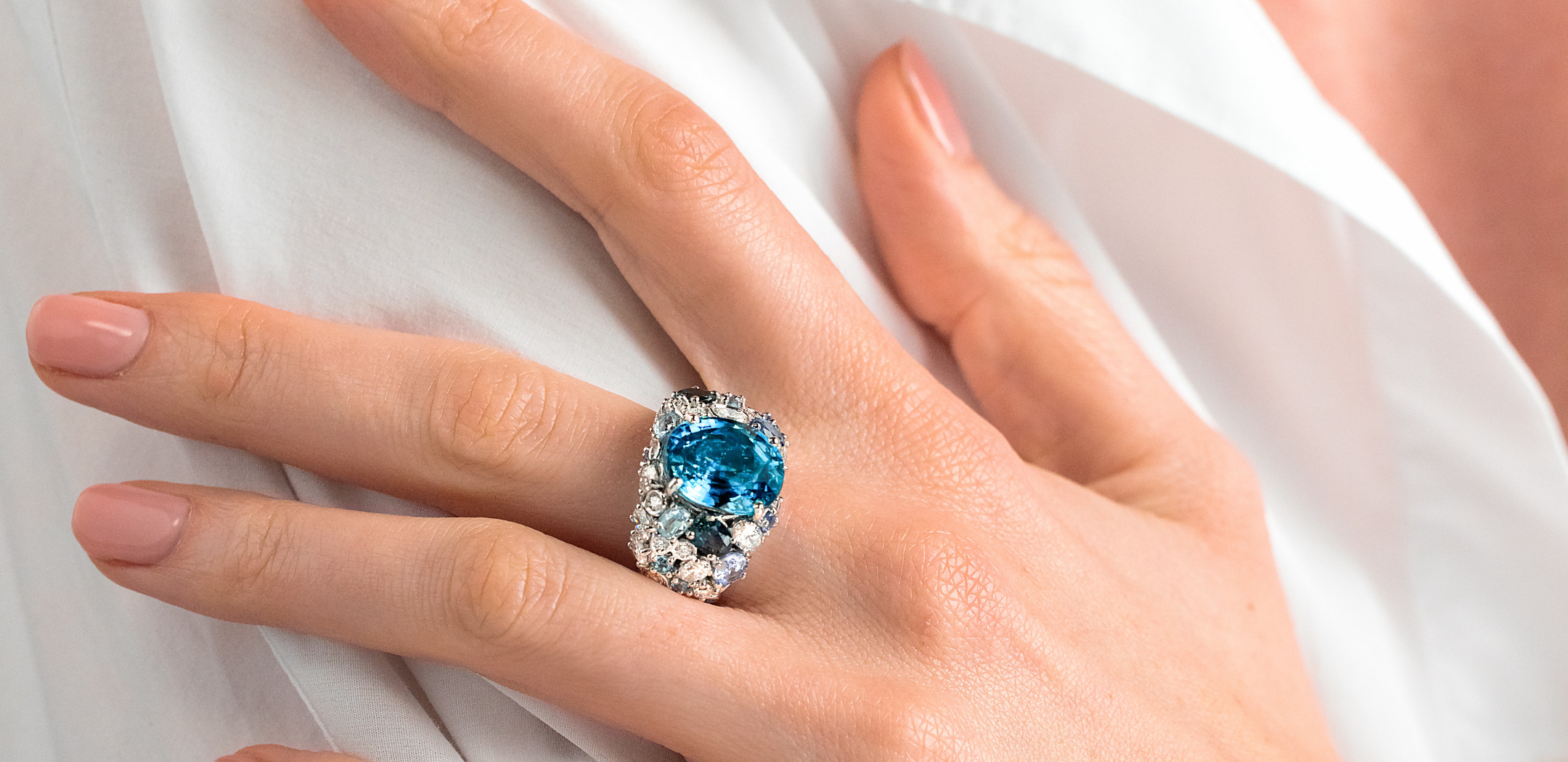

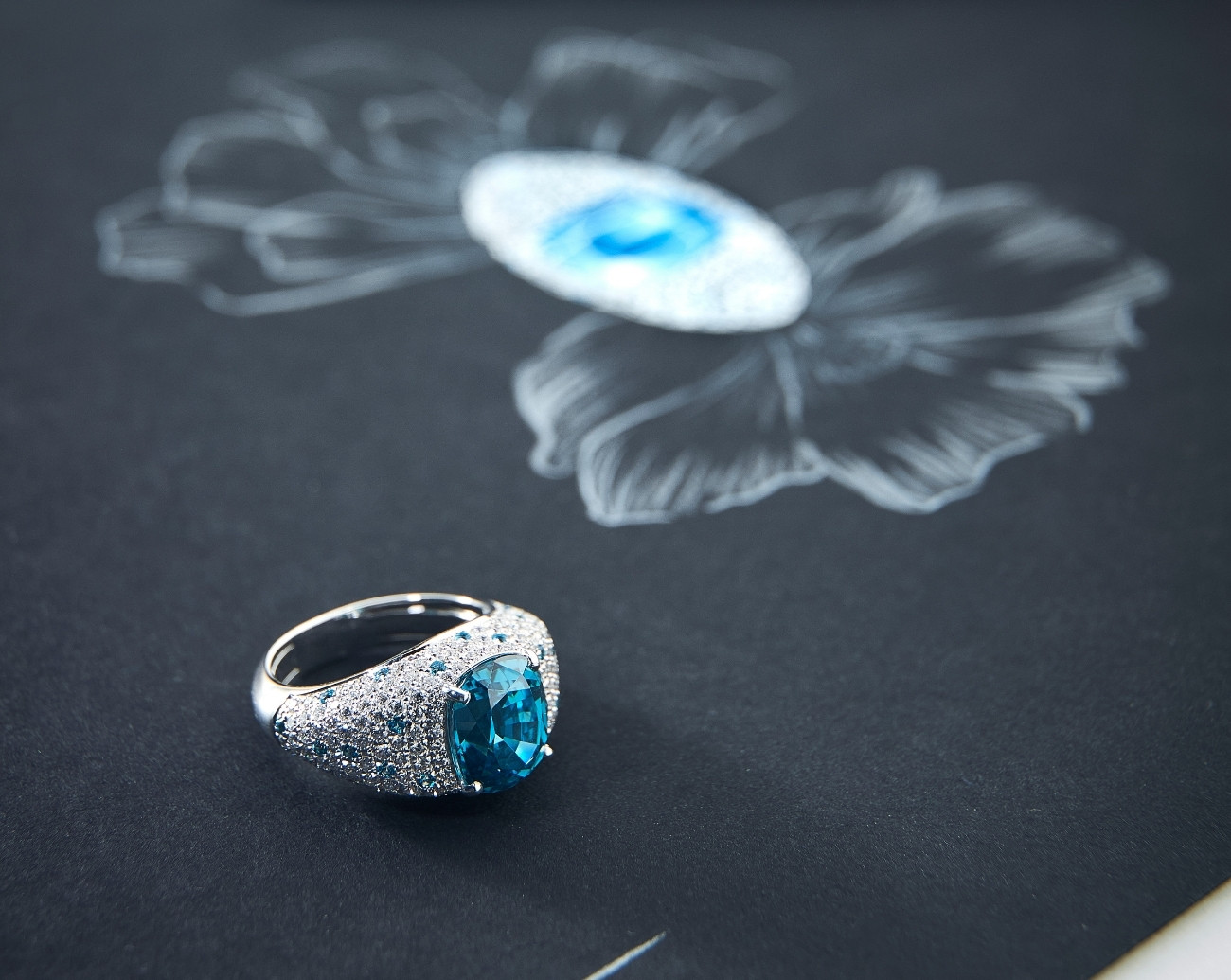
Our zircon-studded jewelry
Actualités similaires
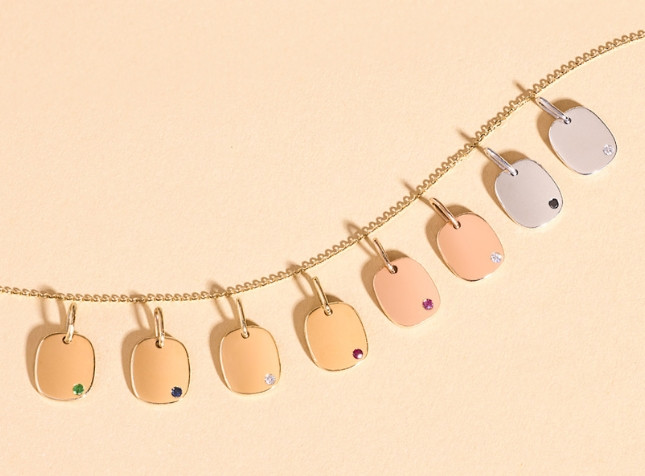
The Colette Coussin: every mum deserves a medal
For Mother's Day, discover the new Colette Coussin medals in 18k gold, adorned with precious and fine stones.
Lire l'article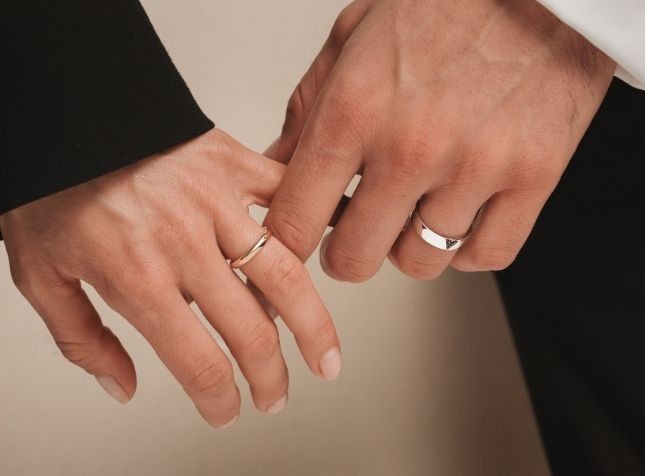
How to choose your wedding ring ?
Choosing a wedding ring is an important decision that symbolises commitment and love. Discover our advice on the key steps to choosing the perfect...
Lire l'article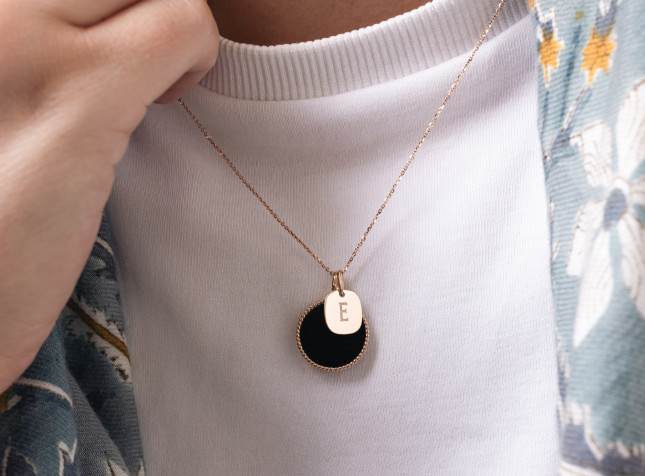
Personalized jewelry: the art of engraving an emotion
A piece of jewelry is much more than just an accessory: it tells a story, captures a memory and symbolizes an emotion. Thanks to engraving, each...
Lire l'article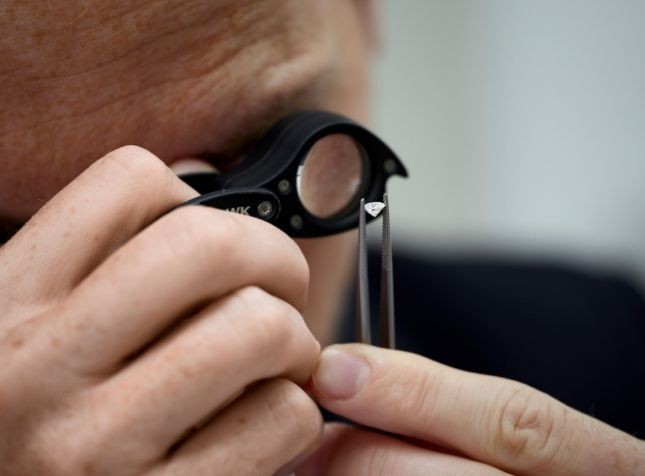
The 4Cs of diamonds : Cut Purity Colour Carat
At Lepage, each diamond is carefully selected according to the 4Cs: Carat, Colour, Clarity and Cut. These criteria determine its beauty, rarity...
Lire l'article
All you need to know about setting stones
Setting stones is a fundamental element in jewellery design, ensuring both the safety and beauty of the stones. Discover the different setting...
Lire l'article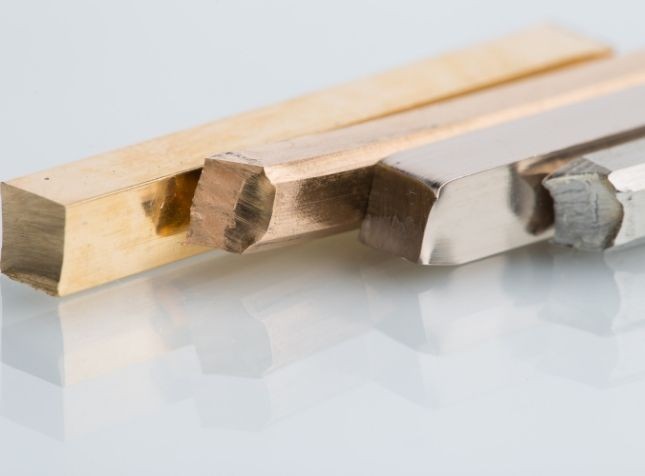
Precious metals in jewellery: complete guide
Gold and platinum, symbols of elegance and durability, are at the heart of Lepage creations. Selected for their timeless brilliance and...
Lire l'article









